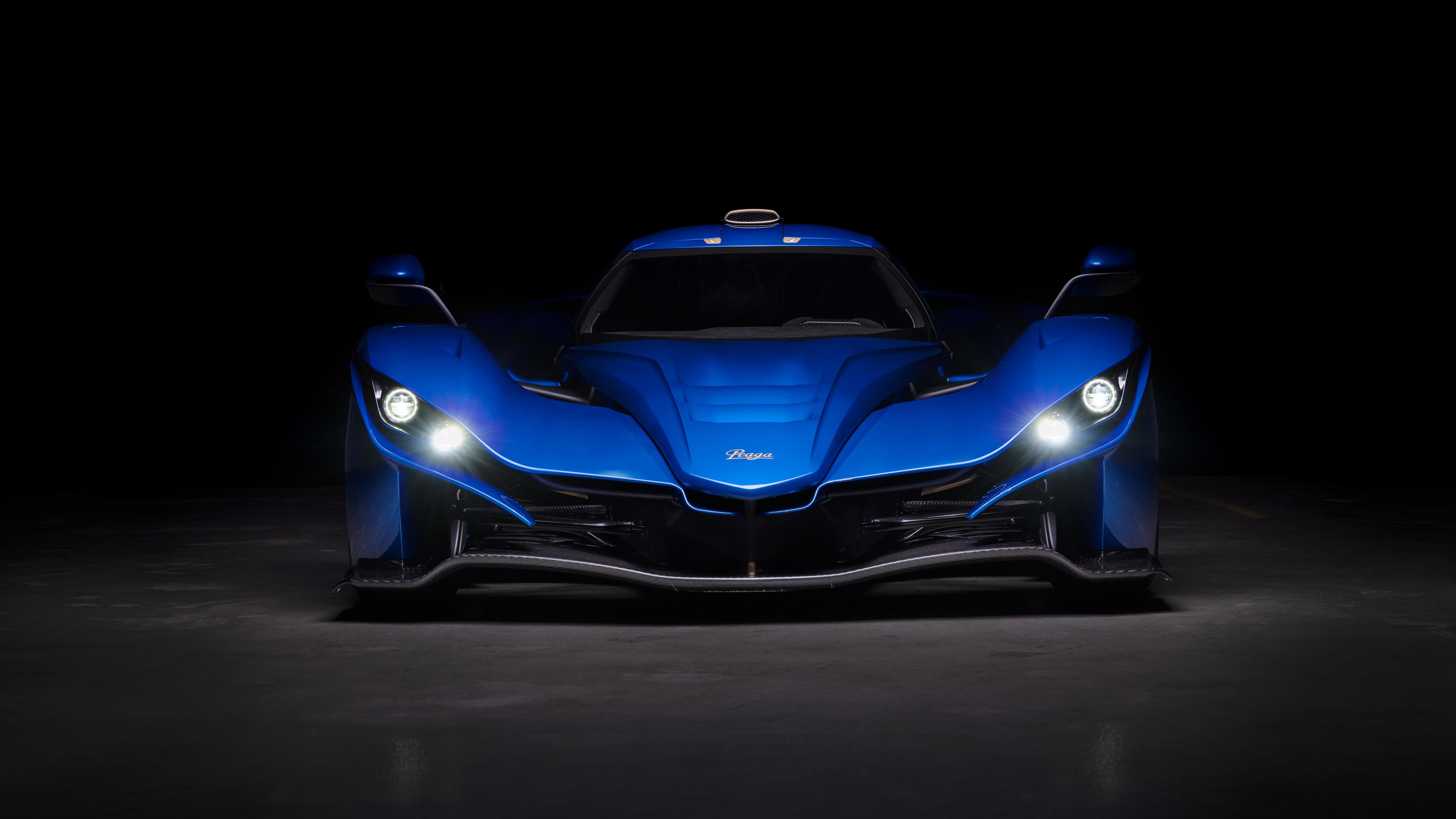Praga Bohema supercar’s Czech racing heritage shines through
The Bohema, from Czech manufacturer Praga, is a petrol-powered two-seater with competition in its genes and outrageousness in every curve

Car brands never actually die; they just linger in obscure ownership for decades until the time is deemed right for resurrection. Such is the case with Praga, a Czech company that can trace its origins back to the days of heavy industry in the late 19th century. As the new century dawned, it joined the crowded ranks of early automobile manufacturers.

Praga was fit enough to survive, eventually becoming a big name in Czech transportation, building lorries, motorbikes, and even race cars. In the Communist era, Praga was handed the task of building the country’s trucks, while others (notably Skoda) got the contract for building passenger cars. It wasn’t until the Communist party was ousted in 1989 that Praga became a private company once more.

Since then, Praga has been active in the fringes of motorsports, building motocross bikes and racing trucks for endurance racing, as well as opening an aviation division. It has also been involved in creating specialist racing cars such as the Praga R4S and R1.

Praga Bohema: at once avian and alien
Nevertheless, not a lot of people outside the industry know the Praga name, which is why this new ‘road legal track-focused’ hypercar, the Bohema, comes as such a surprise. The company plans to build an edition of 89 units of the two-seater, which has been tested by F1 and IndyCar driver Romain Grosjean.

The Bohema hits all sorts of high-value metrics, as befits a machine pitched at the wealthiest track-day enthusiasts. The list price is around £1.1m, the engine is a tried and tested 6-cylinder unit developed from the Nissan GT-R, said to develop 700hp, and the top speed is around 300 km/h. There’s no shortage of visual drama either, with curved and crimped bodywork (developed in-house) that somehow looks both avian and alien at the same time.

The company has parlayed its racing knowledge into saving weight, with a dry target of 982kg, thanks to chassis, bodywork and components made from carbon fibre, magnesium alloys and titanium. A wrapround canopy-style windscreen offers a straight-ahead view akin to that of a racing driver, with pronounced aero ducts behind the front wheels.
At the rear, storage is built into the rear wheel arches, including space for the all-important crash helmet, and the doors swing up and out in time-honoured supercar fashion, giving access to one of the extreme, race-style recumbent driving positions we’ve ever seen.
Receive our daily digest of inspiration, escapism and design stories from around the world direct to your inbox.

Praga hopes to build around 20 cars each year, giving new owners a hands-on track handover so they can learn how to get the most out of their car. Whether anyone will actually fulfil the Praga dream of driving calmly to a track to put down a few furious laps before heading home is hardly the point; this kind of machine exists as a statement of intent and potential.

Praga Cars, PragaGlobal.com
Jonathan Bell has written for Wallpaper* magazine since 1999, covering everything from architecture and transport design to books, tech and graphic design. He is now the magazine’s Transport and Technology Editor. Jonathan has written and edited 15 books, including Concept Car Design, 21st Century House, and The New Modern House. He is also the host of Wallpaper’s first podcast.
-
 Fulham FC’s new Riverside Stand by Populous reshapes the match-day experience and beyond
Fulham FC’s new Riverside Stand by Populous reshapes the match-day experience and beyondPopulous has transformed Fulham FC’s image with a glamorous new stand, part of its mission to create the next generation of entertainment architecture, from London to Rome and Riyadh
-
 A contemporary Mexican hotel emerges from a 16th-century ruin in Mérida
A contemporary Mexican hotel emerges from a 16th-century ruin in MéridaA renovation project by Zeller & Moye, Mérida’s new Hotel Sevilla wears its architectural interventions lightly, mixing new brutalist elements into listed interiors and a palm-filled courtyard
-
 Discover the cool and offbeat designs of jeweller Inesa Kovalova
Discover the cool and offbeat designs of jeweller Inesa KovalovaInesa Kovalova's jewellery celebrates a mix of mediums and materials
